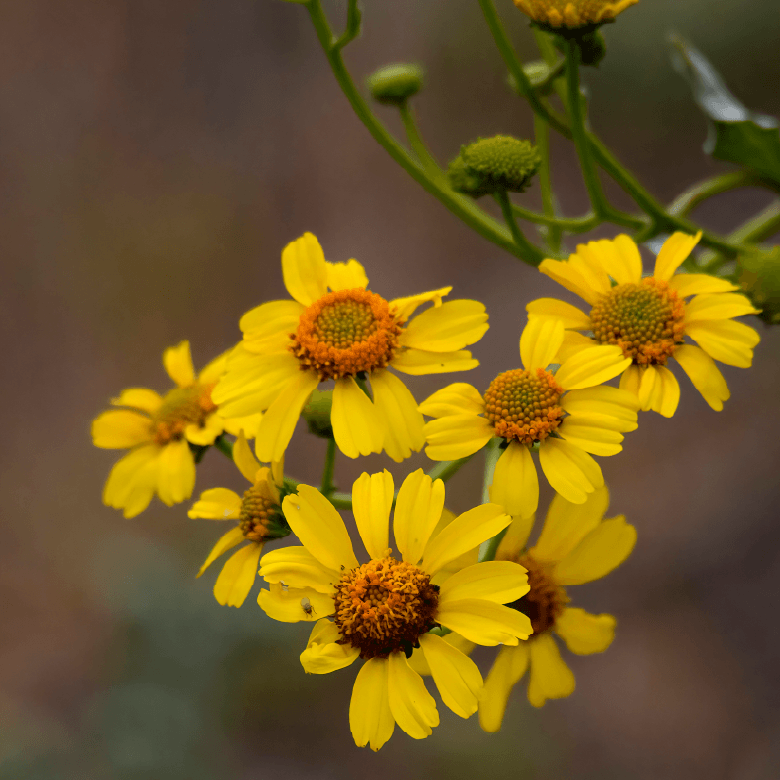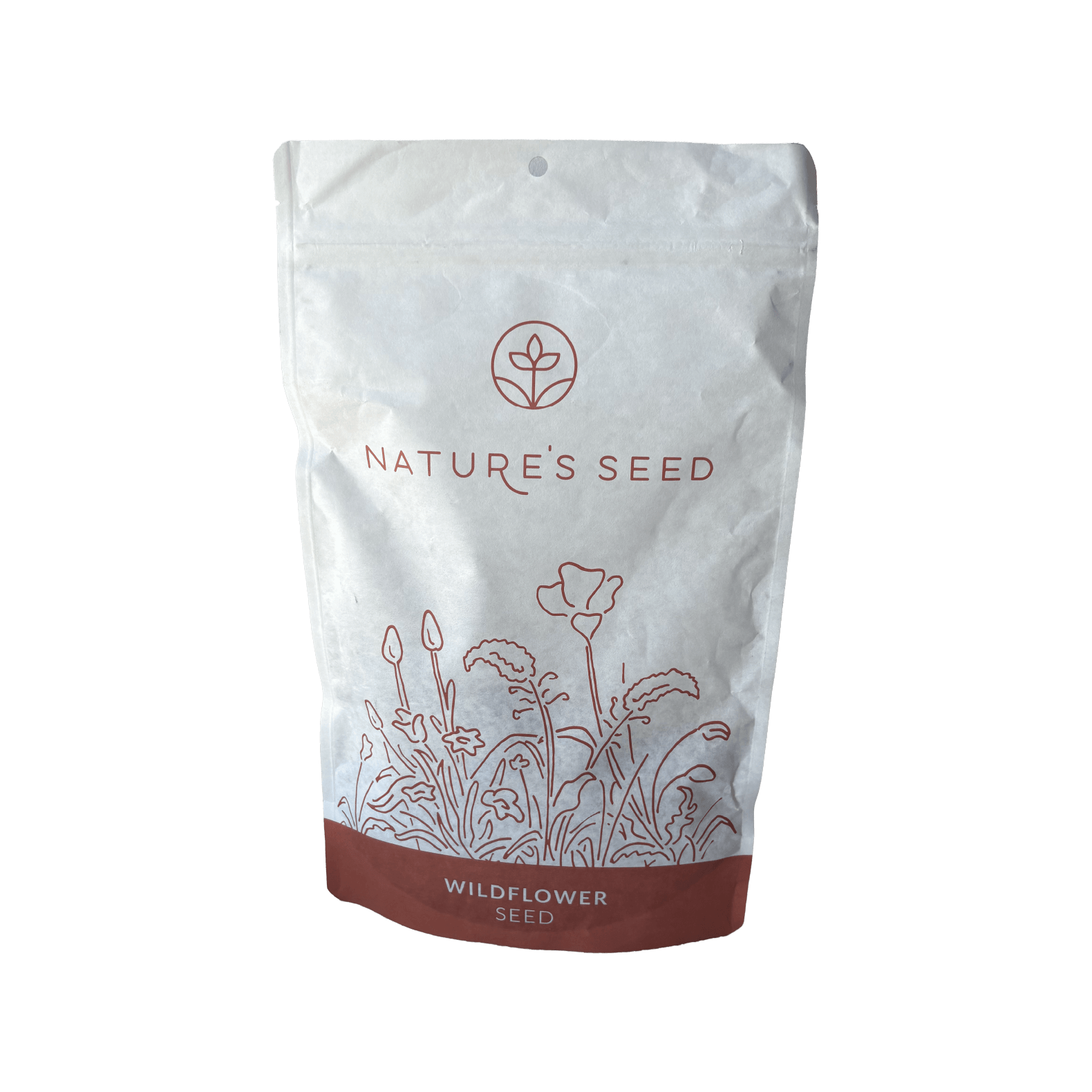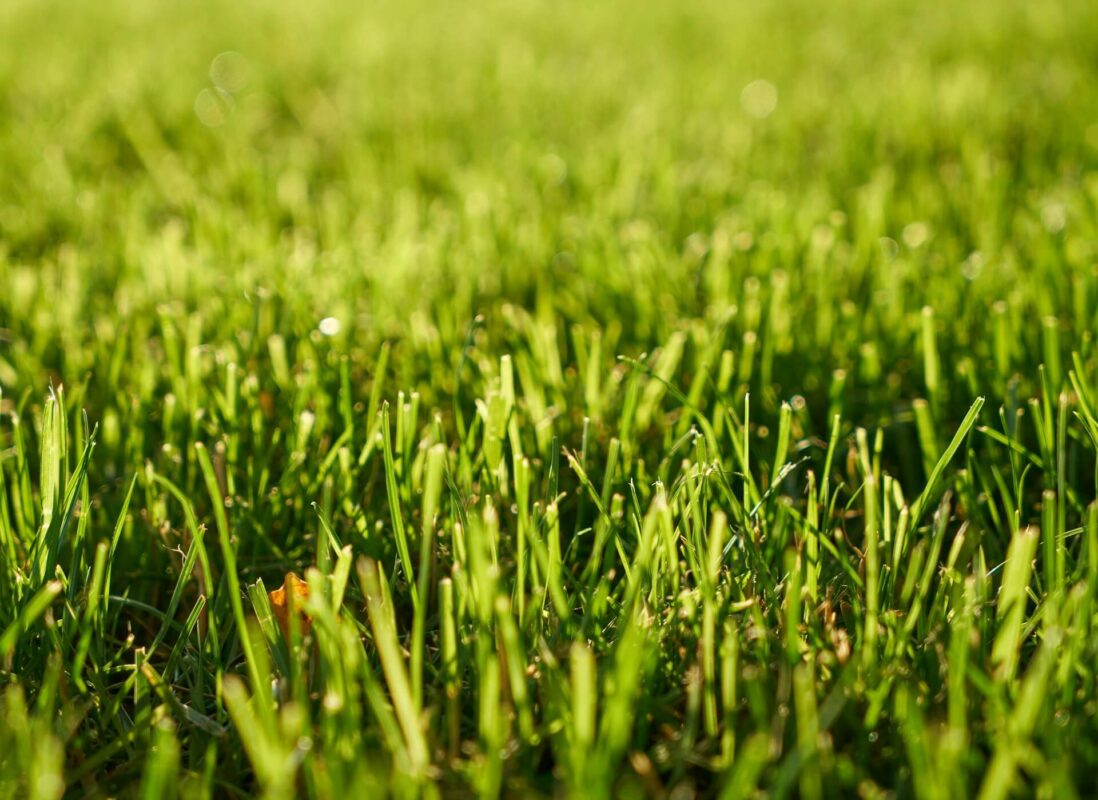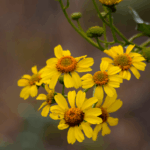
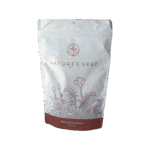
What is Brittlebush?
Brittlebush (Encelia farinosa) is a hardy desert shrub famed for bright yellow flowers and ash-gray foliage. Native to the Sonoran and Mojave Deserts, it grows 2–4 feet tall and wide. In spring and after rains, plants burst into golden blooms that draw bees and butterflies. Incredibly drought-tolerant, Brittlebush thrives in full sun with minimal water and prefers sandy or rocky, fast-draining soils—even bare gravel slopes. It may drop leaves during the driest times to conserve moisture. Excellent for desert landscapes, xeriscaping, and erosion control on arid slopes; low-maintenance and deer-resistant.
Specifications
Sun Requirement
Full Sun
Soil Preference
Sandy, gravelly, or rocky soils with excellent drainage
Soil pH
Neutral to alkaline
Time to Maturity
≈180 days (blooms first spring if fall-planted)
Height when mature
2–5 ft
Seeding Rate
1 lb/10,000 sq ft
Planting Depth
1/8 inch
Brittlebush
Encelia farinosa | SKU: W-ENFA
Check your ZIP code to know if this seed works for you
Check Your ZIP Code
×Enter your ZIP code to see if this seed works in your region:
Why Choose This Seed?

Desert Tough
Encelia can survive extreme heat and long dry periods, and springs to life with abundantly blooming desert wildflowers with just a little precipitation.

Brilliant Spring Flowers
Stunning yellow blooms transform desert landscapes. This shrub is highly aromatic, and the plant is traditionally used as incense in Mexico—it is commonly referred to as Incensio
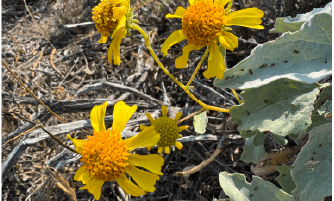
Great for Desert Wildlife
This shrub provides important cover for reptiles, birds and small mammals, while hosting hundreds of pollinators drawn to its sweet nectar and pollen. Birds love to feast on the seed as well.
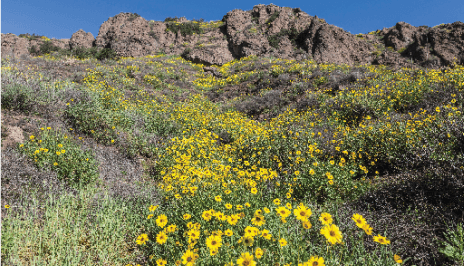
Erosion Control in Arid Areas
Encelia has a complex root system that stabilizes dry rocky slopes. This shrub can grow slowly at first from seed, so if using for erosion control, be sure to include it in a mix with faster-growing grasses to give it time to establish.
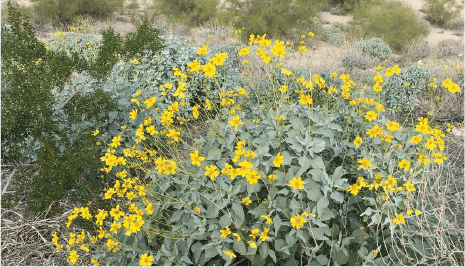
Silvery Foliage
While stunning in bloom, Encelia is also a gorgeous plant year-round. It has perennial, fuzzy silver leaves that add year-round contrast and texture.
Seed Description
Product Details
Sun/Shade
Full Sun
Height
2–5 ft
Seeding Rate
1 lb/10,000 sq ft
Uses
Desert landscaping, xeriscaping, slope revegetation, pollinator gardens
Color
Bright yellow flowers; silvery gray-green foliage
Water
Very Low
Native/Introduced
Native to California
Life Form
Perennial shrub
Planting Guide
When to Start & Weed Control
Start prepping your planting area in fall, so that you are ready to seed between late September and early February, when temperatures cool and rain is on the horizon.
Weed your growing area BEFORE planting any native seeds. We recommend not only pulling visible weeds but also “flushing out” the weed seeds that are waiting in the soil. Irrigate the area and wait for weed seeds to germinate, then remove them using your method of choice. Irrigate again, wait, and perform another round of weed control. Repeat 2-3 times.
Soil Prep
Ensure your soil is as bare as possible for the maximum amount of seed-to-soil contact. If the entire area can’t be completely cleared, rake out as much dead plant material from the area as you can to create bare patches of soil for the seed to make contact with. For best results, the soil should be easily crumbled and not heavily compacted.
Seeding
It is best to seed onto slightly damp soil. If necessary, water the top 1/4 inch of soil before seeding. Scatter seed directly on the soil surface and rake gently or lightly press the seed into the soil. Do not bury the seed deeper than 1/4 inch into the soil.
Water
After planting, keep the top 1/4 inch of soil consistently moist until the seeds have germinated and the first true leaves have emerged. A good rule is to water lightly every day intul the seedlings are an inch high, then you can reduce watering to every 3 days. Skip days when it rains. Within 6 weeks after germinating, your plants should need only occasional watering. Don’t over-water your plants, especially in summer.
Questions & Answers
Is Brittlebush native to the US?
Yes—native to the Southwestern U.S. (AZ, CA, NV, UT, NW NM) and NW Mexico; introduced in HI. It’s a rounded, drought-deciduous perennial shrub typically 2–3 ft tall (to ~5 ft in ideal sites).
When does Brittlebrush blooms, and what do the flowers look like?
Primary bloom is late winter–spring with bright yellow daisy-like heads on long stalks; a second, lighter flush can follow summer/fall rains.
How much water after establishment?
Keep evenly moist the first season; then water sparingly. Over-watering in summer risks root issues—err on the dry side.
How cold-hardy is it?
Generally hardy to about 24°F, tolerating the upper 20s°F with little damage; foliage may shed after frost or severe drought.
Is it good for wildlife and pollinators?
Yes—nectar attracts bees and butterflies; it provides seed/cover for birds and small fauna, and is browsed by desert mule deer and bighorn sheep in native range.
Any landscape uses beyond “pretty flowers”?
Planted for erosion control, disturbed-area/roadside restoration, and low-maintenance xeriscapes; it naturalizes well on slopes and bajadas.
Still have
questions?
Our planting experts
are here to help.
customercare@naturesseed.com
Response time:
Within 1 business day
Reviews
| Coverage Area | , , |
|---|
Related Products
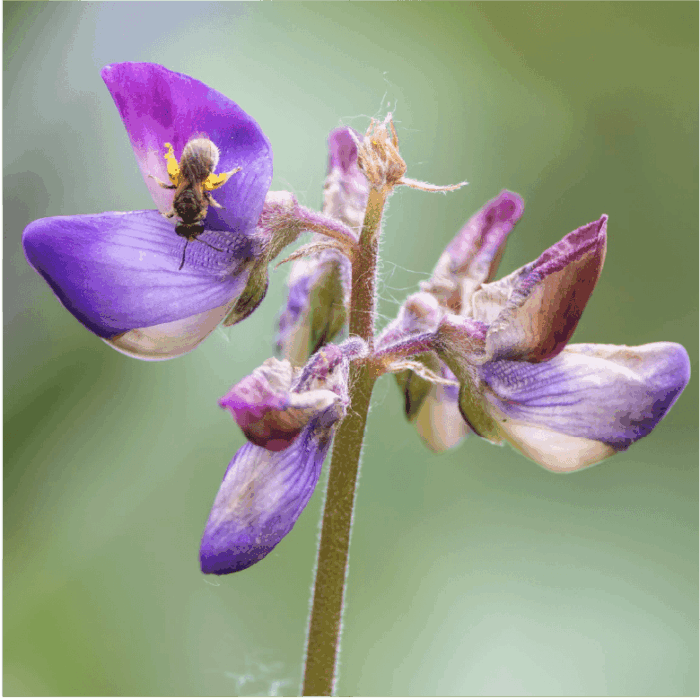
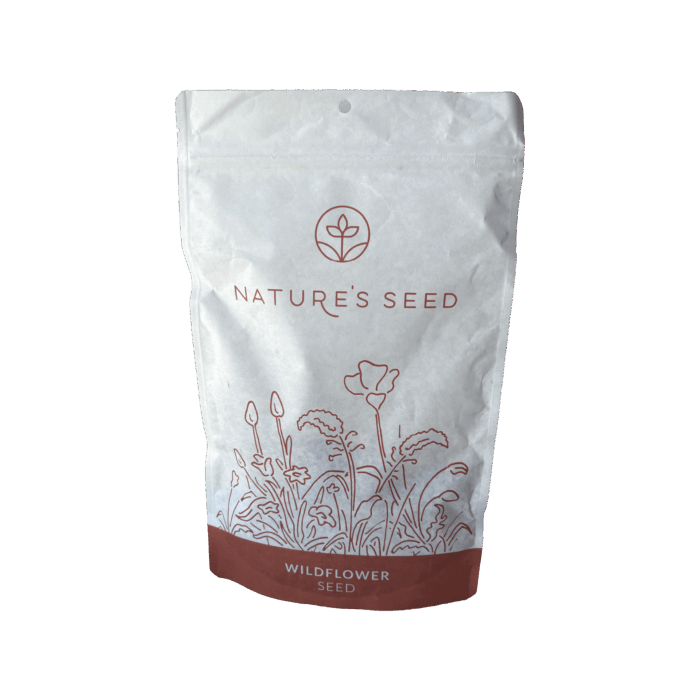
Arroyo Lupine
(4.7) - 145 reviews
$51.96/lb
Wildflower displays, restoration, slope stabilization, pollinator gardens
Southern USDA Regions (8-10), Transitional USDA Regions (6-8)
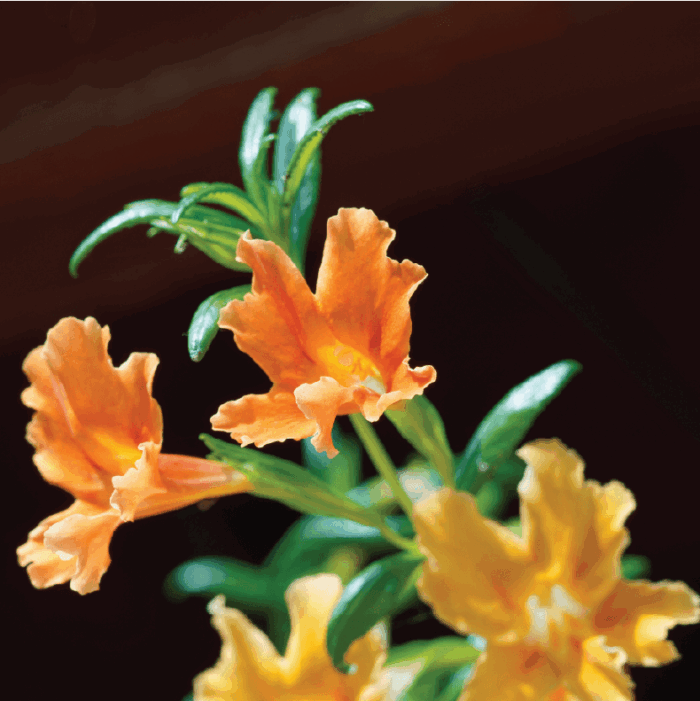

Bush Monkeyflower
(4.7) - 145 reviews
$67.96/lb
Hillside stabilization, wildlife gardens, coastal gardens, large containers
Southern USDA Regions (8-10), Transitional USDA Regions (6-8)
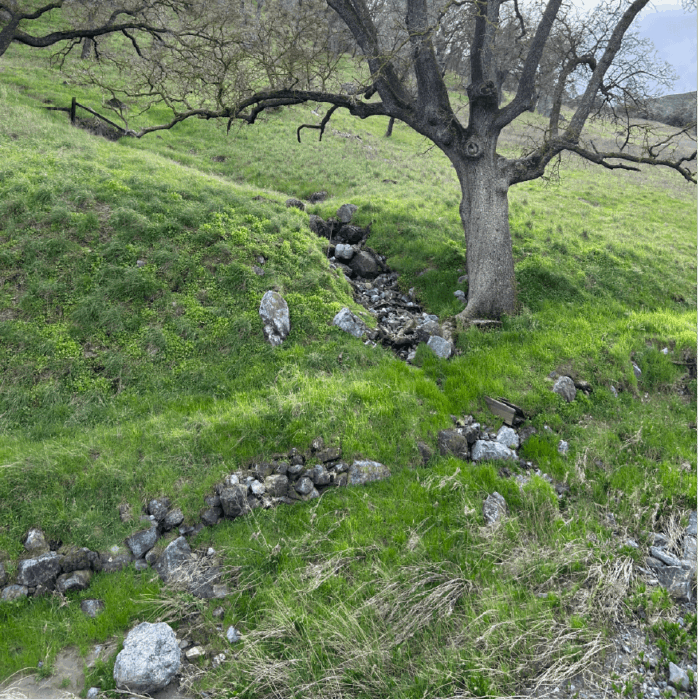
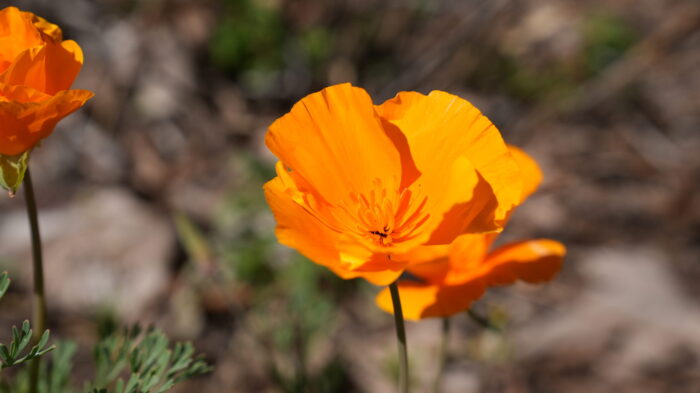
California Native Fire-Wise Mix
(4.7) - 145 reviews
$65.00/lb
Defensible space, Post-fire revegetation, Erosion control, Wildlife habitat, Pasture enhancement
Southern USDA Regions (8-10), Transitional USDA Regions (6-8)
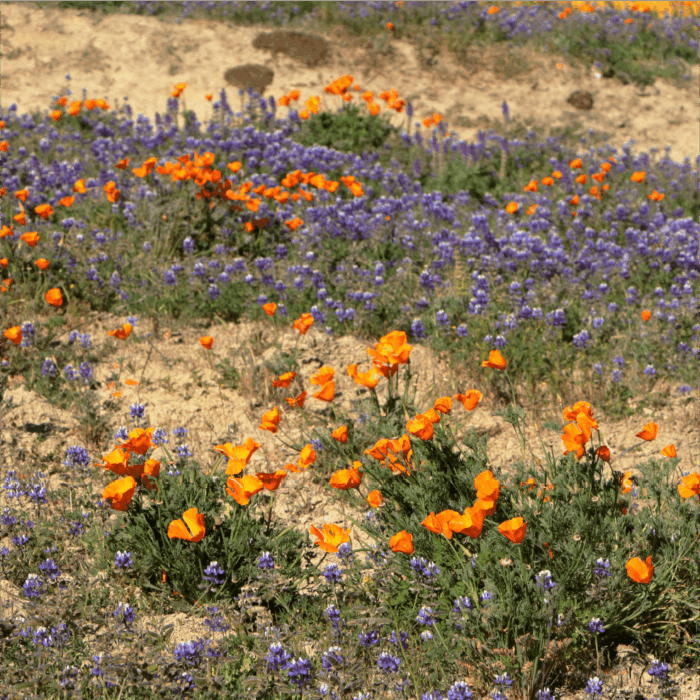

California Native Wildflower Mix
(4.7) - 145 reviews
$69.98/lb
Pollinator habitat, seasonal color, lawn alternatives/meadow pockets, erosion-resistant cover on well-drained slopes.
Southern USDA Regions (8-10), Transitional USDA Regions (6-8)
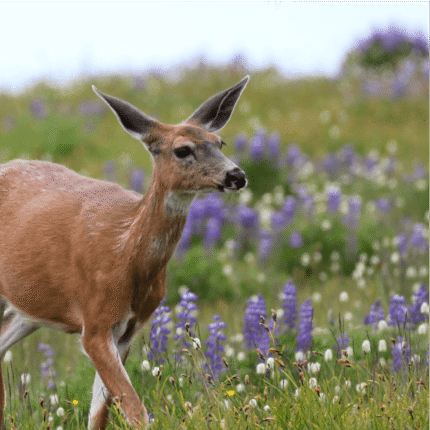

Deer Resistant Wildflower Seed Mix
(4.7) - 145 reviews
$27.99/lb
Ideal for beautification projects and natural wildflower meadows. Great for pollinator gardens, mass plantings, cottage landscapes, and even cut flower use
Northern USDA Regions (3-5), Southern USDA Regions (8-10), Transitional USDA Regions (6-8)
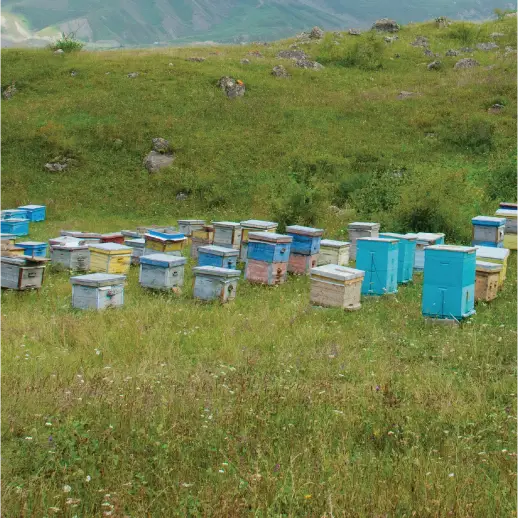
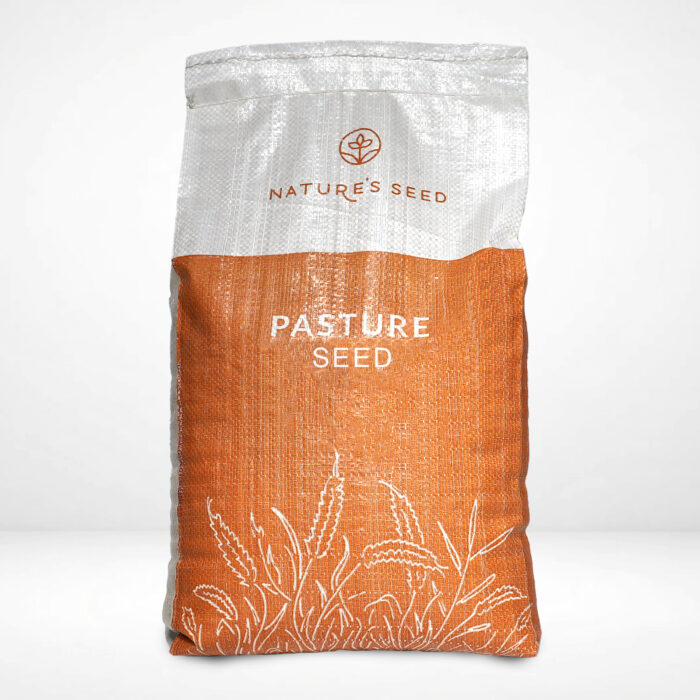
Honey Bee Cover Crop & Pasture Mix
(4.7) - 145 reviews
$10.00/lb
Honey Bee
Northern USDA Regions (3-5), Southern USDA Regions (8-10), Transitional USDA Regions (6-8)
